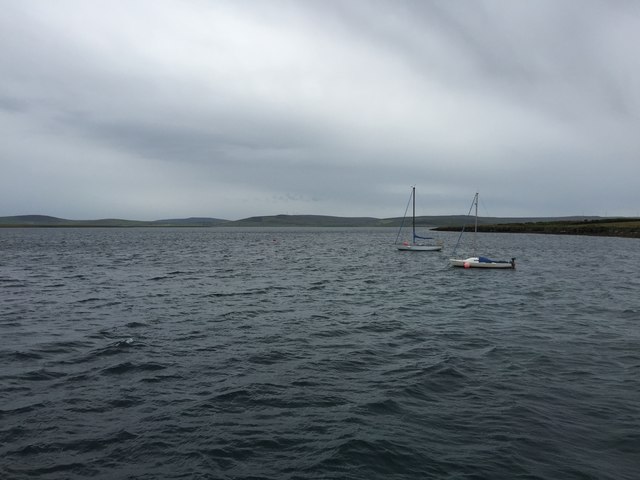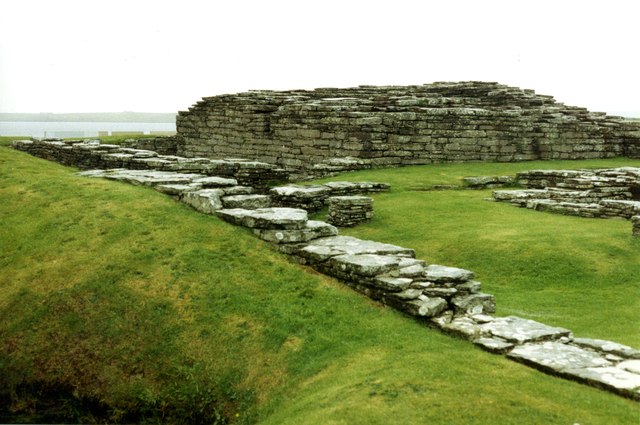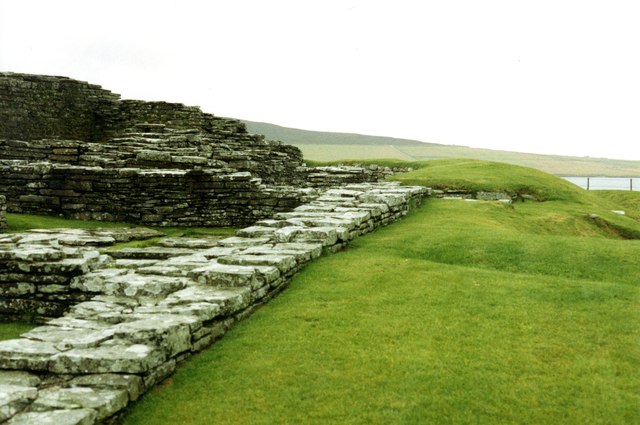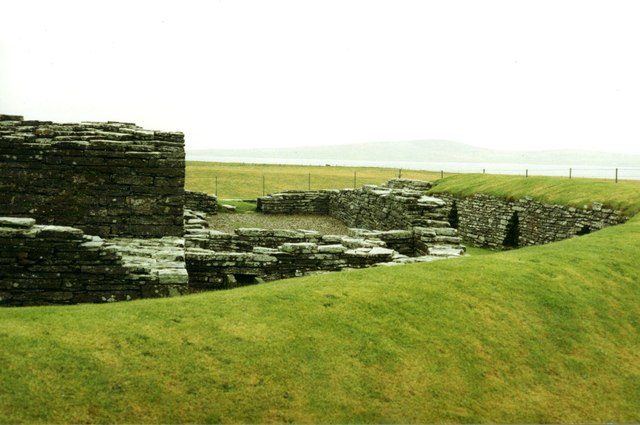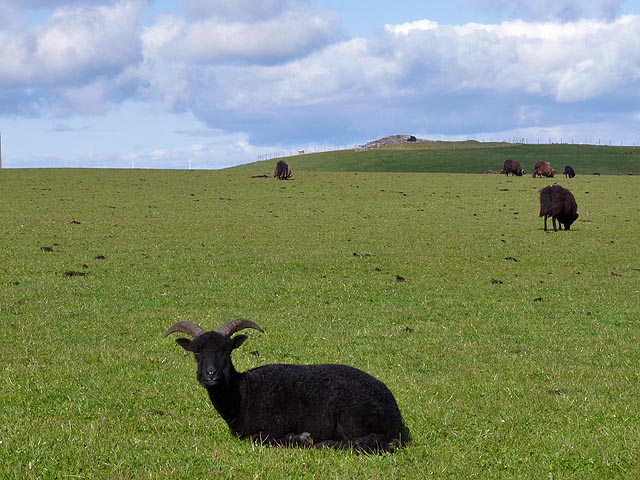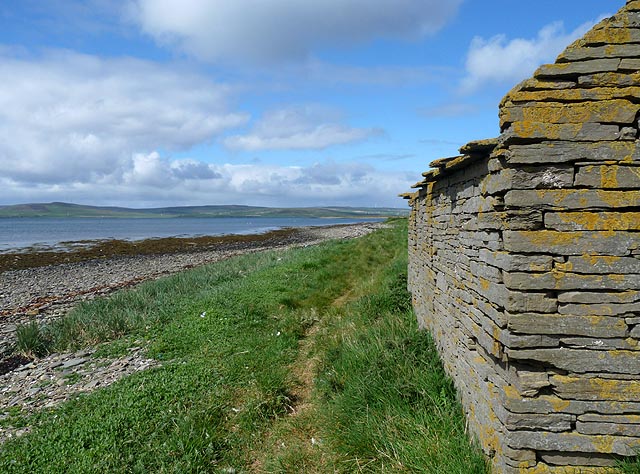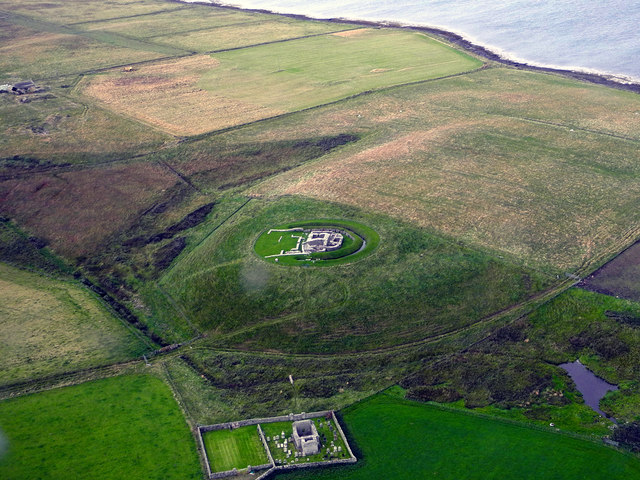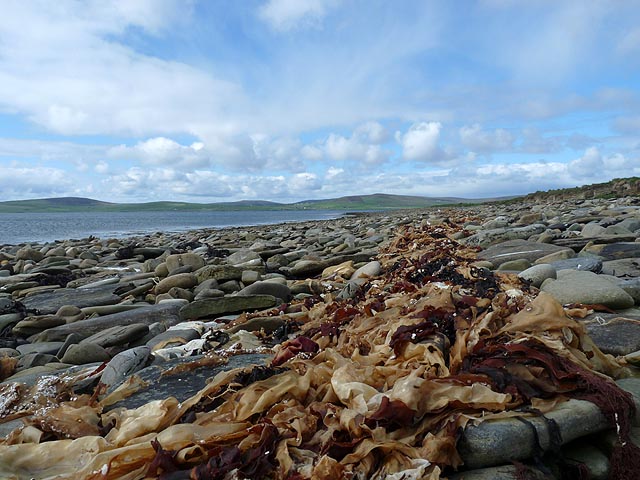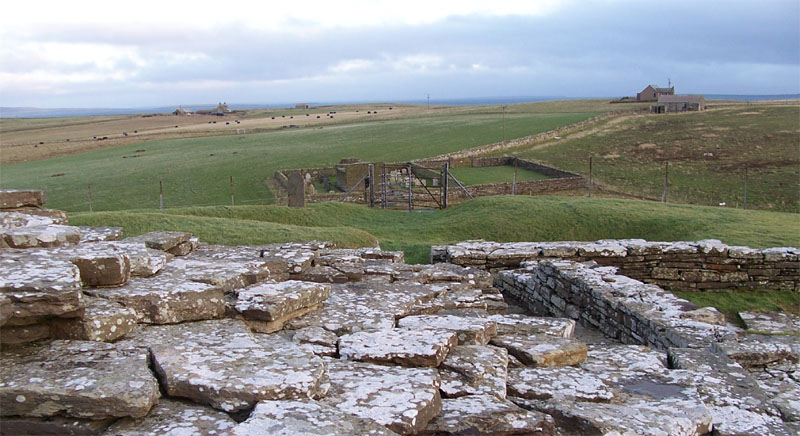Bay of Bergeben
Bay in Orkney
Scotland
Bay of Bergeben
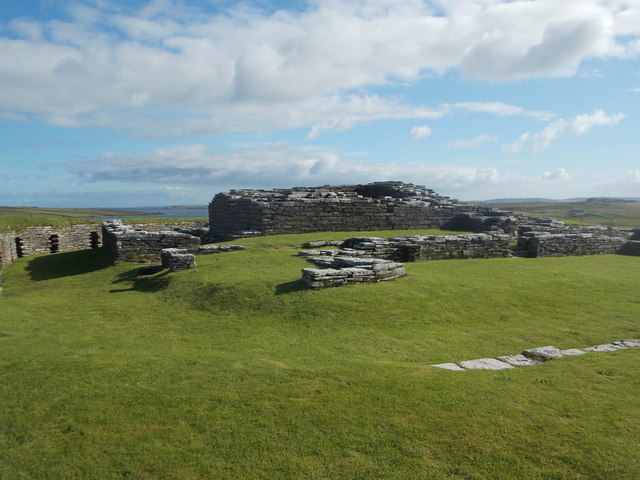
The Bay of Bergeben is a picturesque and secluded bay located on the southern coastline of the Orkney Islands in Scotland. It stretches for approximately 1.5 kilometers and is nestled between rugged cliffs and rolling green hills. The bay is characterized by its pristine sandy beach, which is often described as one of the most beautiful in the area.
The bay is renowned for its natural beauty and tranquility, attracting visitors who seek a peaceful and unspoiled coastal experience. The crystal-clear waters of the bay are ideal for swimming, snorkeling, and other water activities, while the sandy beach provides a perfect spot for sunbathing and picnicking.
Surrounding the bay, visitors can enjoy stunning views of the Orkney countryside, with its dramatic cliffs and lush vegetation. The area is home to a diverse range of wildlife, including seabirds, seals, and occasionally dolphins or whales, making it a popular destination for birdwatchers and nature enthusiasts.
Access to the Bay of Bergeben is fairly limited, with only a narrow road leading to the bay from the nearby village of Bergeben. However, this adds to its charm, as it remains relatively untouched by mass tourism. There are no facilities or amenities at the bay, so visitors are advised to bring their own supplies.
Overall, the Bay of Bergeben offers a serene and idyllic setting, where visitors can relax and immerse themselves in the natural beauty of the Orkney Islands.
If you have any feedback on the listing, please let us know in the comments section below.
Bay of Bergeben Images
Images are sourced within 2km of 59.112507/-3.0015142 or Grid Reference HY4225. Thanks to Geograph Open Source API. All images are credited.

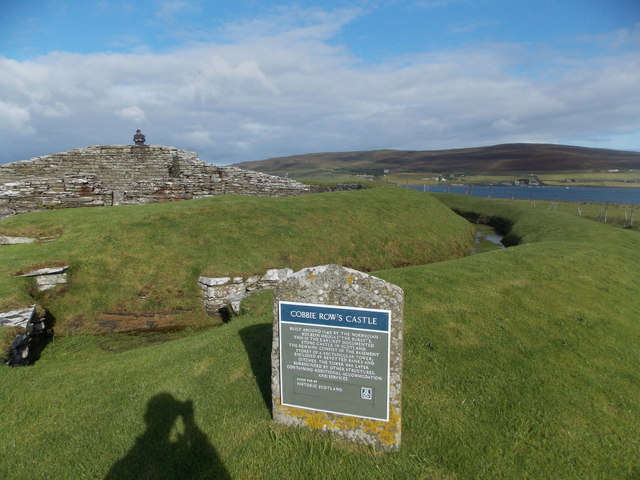
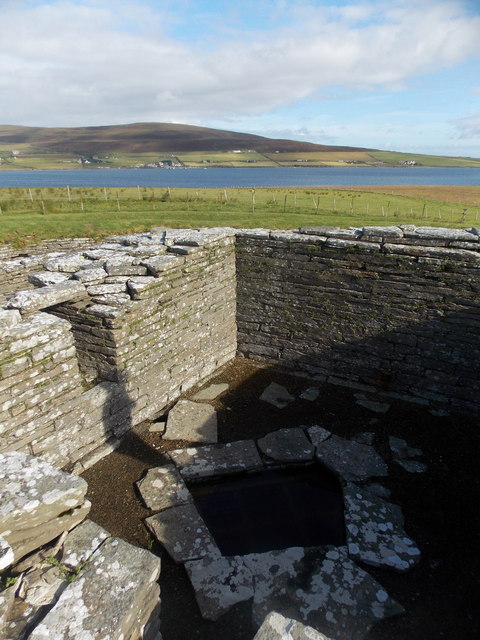
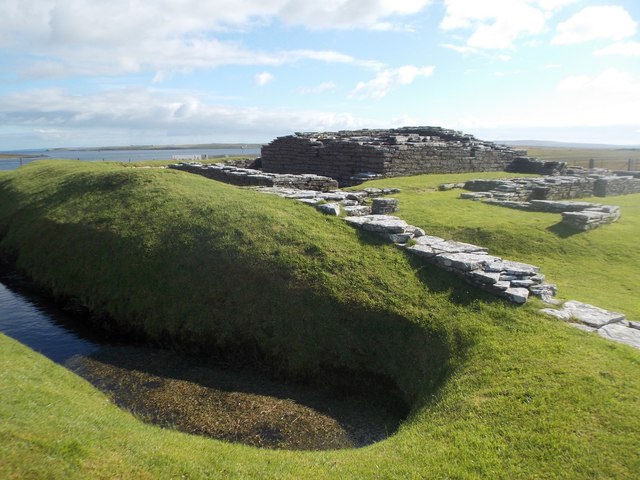

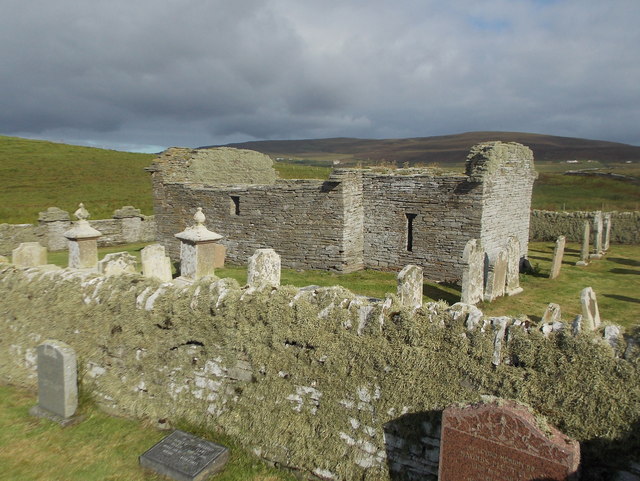
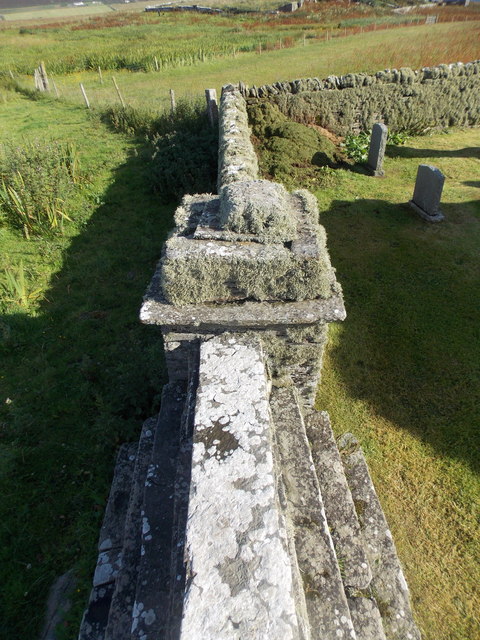
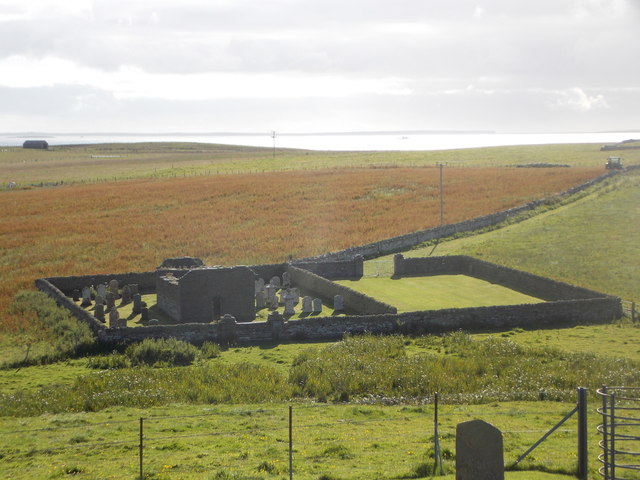
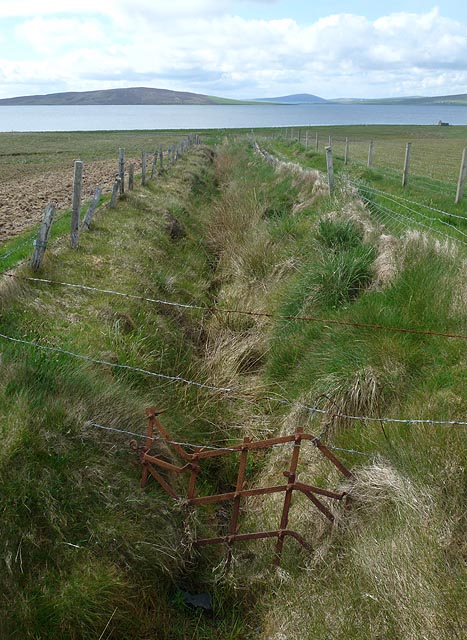
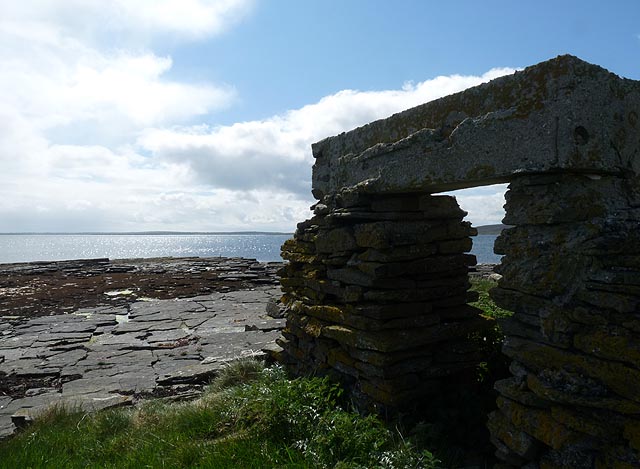
Bay of Bergeben is located at Grid Ref: HY4225 (Lat: 59.112507, Lng: -3.0015142)
Unitary Authority: Orkney Islands
Police Authority: Highlands and Islands
What 3 Words
///steepest.shelving.cackling. Near Brinian, Orkney Islands
Nearby Locations
Related Wikis
Cobbie Row's Castle
Cobbie Row's (or Cubbie Roo's) Castle is the oldest medieval castle known to exist in Scotland. The castle ruins are located on the island of Wyre in Orkney...
St. Mary's Chapel, Wyre
St. Mary's Chapel is a ruined 12th century chapel found on the island of Wyre, in Orkney, Scotland. It is thought to have been built by a Norse chieftain...
Wyre, Orkney
Wyre (historically known as Viera and Veira) is one of the Orkney Islands, lying south-east of Rousay. It is 311 hectares (1.20 sq mi) and 32 metres (105...
Taversöe Tuick
Taversöe Tuick (or Taversoe Tuick) is a Neolithic burial cairn on Rousay, Orkney, Scotland, thought to date from between 4000 and 2500 BCE. The monument...
Have you been to Bay of Bergeben?
Leave your review of Bay of Bergeben below (or comments, questions and feedback).
